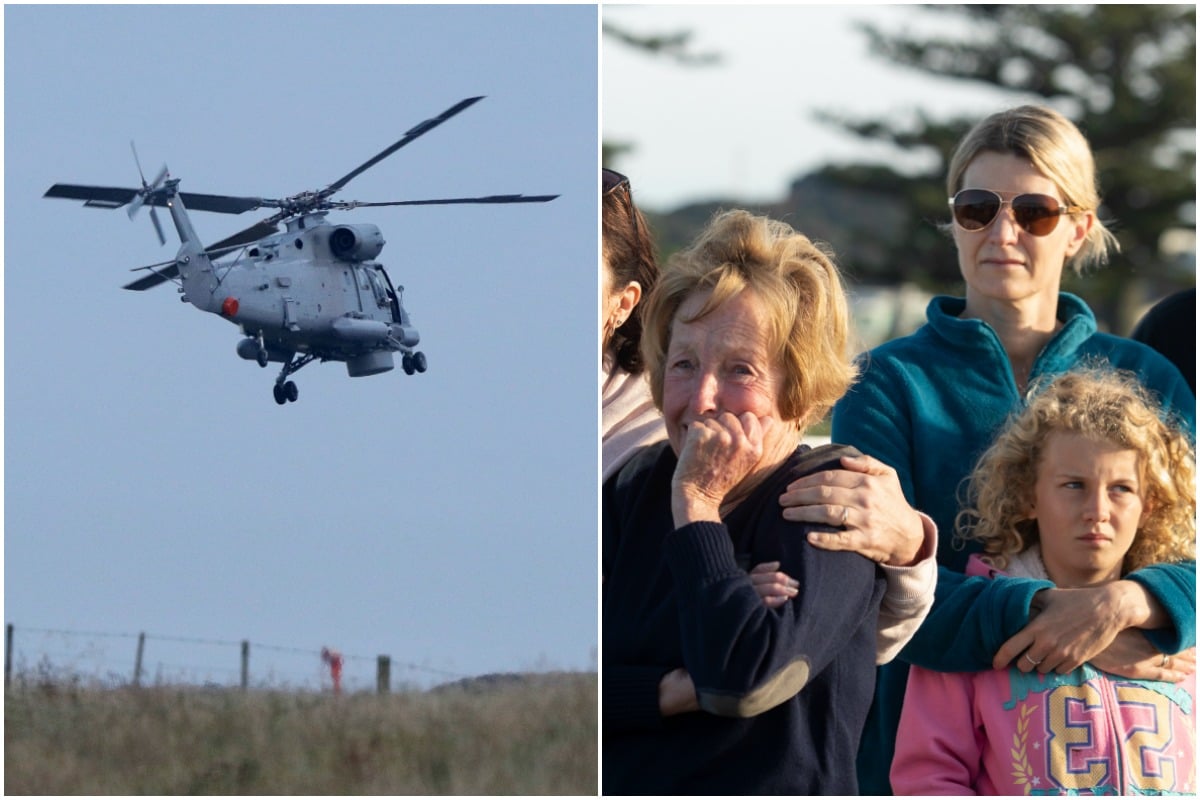
— With AAP.
1. The risky mission to retrieve the bodies still on White Island is underway.
Whakatane locals have performed a haka and are singing to keep spirits high as the New Zealand defence force launches its mission to retrieve bodies from the White Island volcano.
Even before first light on Friday, vessels from the navy and White Island Tours headed out to sea to support the high-risk operation.
Those involved in the mission travelled by ship and helicopter.
Grieving family members were taken in the commercial boat on the perimeter of the exclusion zone, while other families waited back on the shore.
An NZDF helicopter has returned from Whakaari/White Island. Two choppers left earlier this morning to begin the recovery mission. pic.twitter.com/RY5WcNUpNa
— Tommy Livingston (@TommyLivingston) December 12, 2019

Top Comments
Too sad for words. RIP all of the lovely souls.